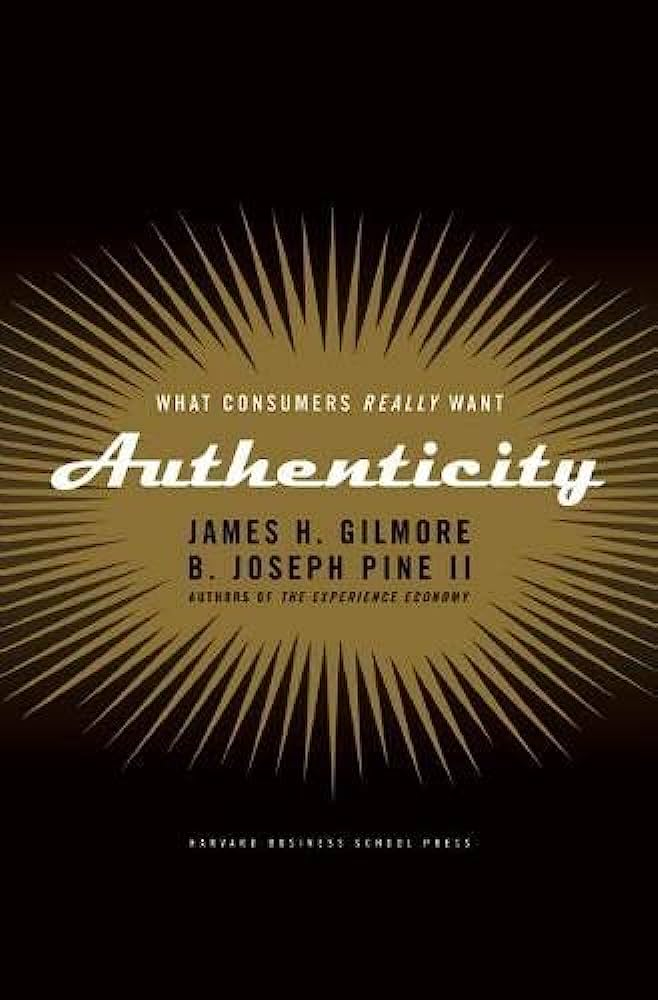Isn’t This Fun
RATING

Northern Irish poet and author Michael Foley investigates the foundations of fun and what it has meant throughout the ages. Underneath the veneer of light-hearted and witty text lies a conceptual template for creating fun and memorable experiences.
Foley traces the cultural and anthropological legacy of fun throughout the ages, calling on different examples from centuries of human history to illustrate his central thesis – that ‘fun’, while a very modern concept, is fundamentally a ritualistic, group-based activity that can be traced back for centuries. Foley contextualises fun in the modern world by linking it to a yearning for authenticity and community and emphasises the increasing pre-eminence of ‘play’ in otherwise routine and unexciting activities.
This book is written in an engaging and even entertaining way; Foley effectively synthesises diverse disciplines such as history, sociology, evolutionary anthropology, and others, to produce a work that is accessible to the general reader. Foley stresses that ‘fun’ is a group activity and enables the reader to discern why ‘gamification’ is so widespread. Foley’s basic ideas about what ‘fun’ is may prove useful for designers and managers.
Foley is not a business writer, and this is not a business book. While Foley expresses his ideas in a witty and engaging way, concision is not his strong suit. The book’s content is meandering and any reader seeking practical advice from Foley’s dissection of ‘fun’ will need to read between the lines of numerous anecdotes and examples. We were left with a desire for methodology or at least a more structured approach to apply the concepts to a business environment.
Michael Foley wants to understand why he doesn’t appear to be experiencing as much ‘fun’ as everyone else. So, with characteristic wit and humour, he sets out to understand what fun really means, examining its heritage, its cultural significance and the various activities we associate with fun. He investigates pursuits such as dancing, sex, holidays, sport, gaming and comedy, and concludes that fun is not easy, simple and fixed, as many seem to believe, but elusive, complex and constantly changing. In fact, fun is a profoundly serious business – a range of new group rituals evolving in response to cultural developments, often motivated as much by spirituality as hedonism. Also, while fun is a modern phenomenon it turns out to have recreated many of the elements of early ritual. His findings will invigorate you with insights, make you laugh at life, and quite possibly help you to understand why the post-post-modern is actually the pre-pre-modern.
Understanding that ‘fun’ is fundamentally a group experience based on a yearning for authenticity and community is an invaluable lesson for designers who seek to create a ‘fun’ experience for their clients.

See content on this topic

Understand the value of a customer-oriented analytics package and how behavioral scenarios can be used to improve profitability through influencing behavior and usage.
To understand the principles of game dynamics and learn how to effectively use the elements of gamification in business: to involve customers, employees and contractors in the process.
Understanding branding and communications from the standpoint of emotional engagement and building relevant and meaningful dialogue with customers.
This course covers a complete view of customer touch points (both physical and virtual) and a unique model for standardizing and managing customer contact models across channels including approaches for customer feedback, quality management, and migration.
Experiential Branding & Communications – Improving Brand Integration Through Emotional Engagement.
This course covers a complete view of customer touch points (both physical and virtual) and a unique model for standardizing and managing customer contact models across channels.




 Copy Link
Copy Link
 E-mail
E-mail
 LinkedIn
LinkedIn
 Facebook
Facebook
 Telegram
Telegram
 WhatsApp
WhatsApp


















 Go Back
Go Back
Leave a Reply
You must be logged in to post a comment.